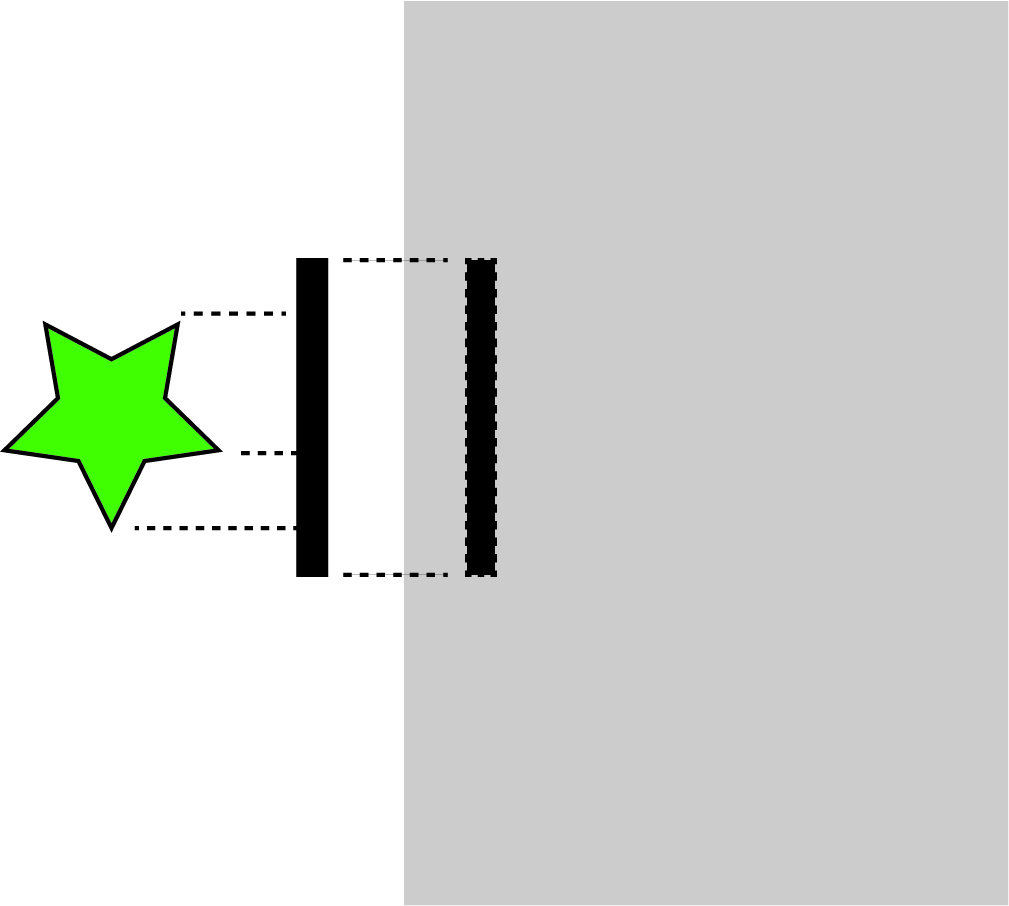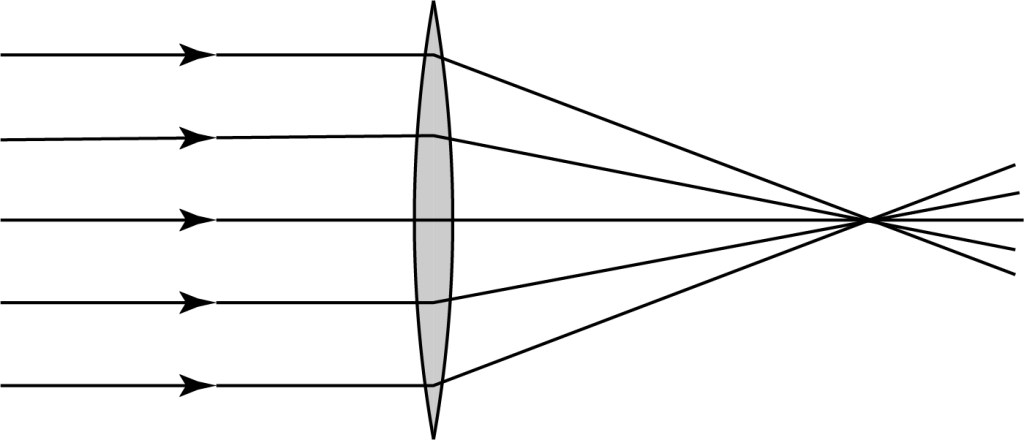So I wasn’t going to comment on this trend that’s been going around on TikTok for a few weeks, but I am an optical physicist so I probably should say something about it — and in fact, I would like to add something at the end of my post that I haven’t seen said much.
An example of the trend is shown in the post below.
This is not the original, but I’ve seen essentially the same video recreated so many times that I have no idea where it originated!
Basically, a lot of people are mystified (or claim to be*) that a mirror can seemingly “sense” any object, even one that is obstructed from its direct view. The explanation is a lot more mundane than the videos imply, but it is helpful, when seeing something like this, to try to understand how the people involved are imagining the situation; we can then provide the explanation, and share some more philosophical thoughts at the end.
So why does this seem shocking to so many people? I imagine that most of them simply haven’t thought about optics in general or how mirrors work in particular. And, to be honest, that’s not entirely their fault: optics often isn’t covered in primary education, or even in a basic undergraduate physics course. (I think I had one or two lectures on it as an undergrad.)
My guess is that most of these people picture a mirror as somehow representing a direct projection of the objects in front of it, thus creating the reflection.
The thinking thus goes that if something is placed in front of the mirror, it obstructs this “projection,” and only the obstacle should be visible?
This is of course not at all how mirrors work, and it only takes a little thought to see how inconsistent this model of mirror imaging truly is. It is perhaps worth noting, however, that such a thought may be a very natural one. Some of the popular early (pre-scientific) models of vision imagined that something was emitted from the eyes and made contact with the object being seen, conveying its “form” back to the viewer. The incorrect picture of mirrors above seem somewhat akin to these, with the object “imprinting” its image in the mirror.
In reality, however, a mirror simply reflects light rays off of its surface. Light rays that leave an object and reflect off of the mirror create a virtual image of the object in the mirror.
The dashed lines show the direction that the light rays appear to come from, which is the origin of the image in the mirror. The solid lines show the actual path the light rays follow.
This readily explains how an object can be seen that is directly obstructed by a mirror. If one looks far enough to the side of the object and obstruction, one will see light rays that were reflected by an unobstructed part of the mirror:
This is what most conventional optics is really all about: following the path of light rays to determine where an image is formed. The image in the mirror is known as a “virtual” image because no physical light rays actually cross paths, they just appear to intersect inside the mirror due to reflection. A magnifying glass that is used to focus light to start a fire creates a “real” image, where the light rays from the sun all converge to a point.
So it’s a pretty straightforward optical problem, and there’s nothing particularly mysterious about it. Lots of folks have laughed about it — how could people not know this? This included me, at first.
Then I thought about it a bit: all of these people, who saw something strange that they could not explain in how a mirror works? They’re doing what we’ve always wanted them to do. They noticed a strange phenomenon that they couldn’t explain, they tested it, other people tested it, and they asked the question: what is happening? This is what science is all about: seeing something in nature and trying to figure out how it works.
So instead of mocking folks who were baffled by the mirror problem, I encourage them to look around and see what other natural phenomena are strange when you think about them. Even in our daily lives, there is a lot of interesting physics to be learned. This is, in fact, what I do all the time.
***********************************
* Let me note that I am sure at least a few of the people doing and sharing this trend on TikTok know exactly what is going on and are doing it for the views, but I am sure that plenty of people are genuinely perplexed.






